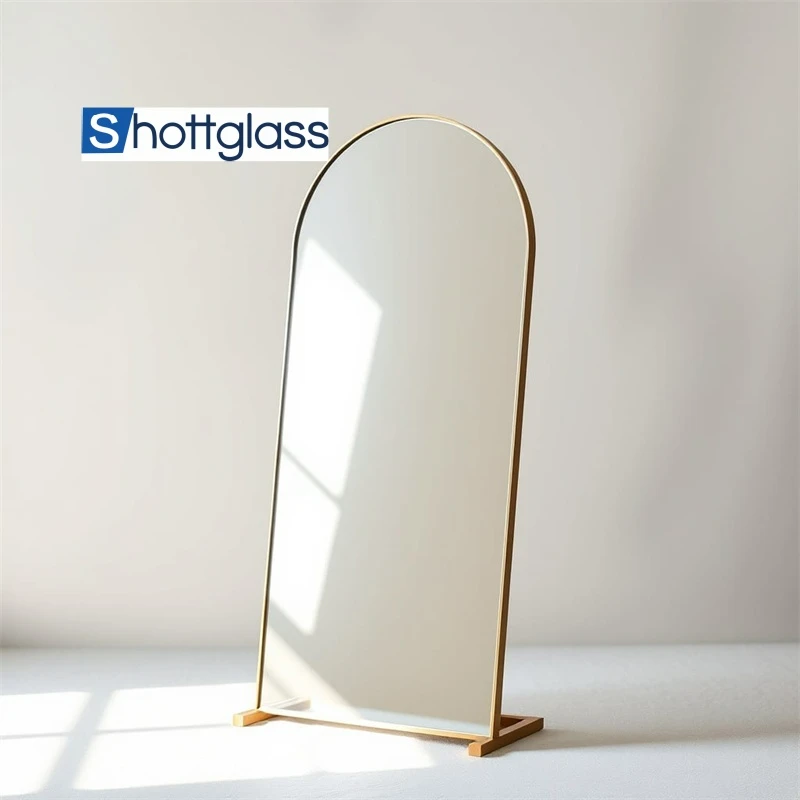Aug . 31, 2024 15:37 Back to list
float glass price
The Fluctuating Landscape of Float Glass Prices
Float glass, a fundamental material in the construction and manufacturing industries, has experienced notable price fluctuations in recent years. This article delves into the factors influencing the pricing of float glass and its implications for various sectors.
Float glass is produced through the float process, where molten glass is floated on molten tin to create a smooth, flat surface. This method has made float glass the preferred choice for applications ranging from windows and facades to automotive glass. Its versatility and aesthetic value have solidified its role in both residential and commercial construction.
One of the primary factors impacting float glass prices is the cost of raw materials. The glass manufacturing process relies heavily on silica sand, soda ash, and limestone, the prices of which are influenced by market demand and availability. In recent years, the volatility of these raw materials due to geopolitical tensions, trade restrictions, and supply chain disruptions has led to fluctuating costs. For instance, the COVID-19 pandemic significantly affected global supply chains, driving up prices due to scarcity and increased transportation costs.
float glass price

Energy costs also play a critical role in determining float glass prices. The production of glass is an energy-intensive process, requiring substantial amounts of heat to melt the raw materials. As governments worldwide shift toward greener energy solutions, the transition can result in higher energy prices in the short term. These increased costs are often passed down to consumers, affecting the overall market price of float glass.
Another significant aspect influencing float glass pricing is technological advancements. Innovations in production methods, such as energy-efficient furnaces and automated processes, can reduce manufacturing costs, potentially leading to lower prices for consumers. However, the initial investment required for such technologies can be considerable, affecting pricing strategies in the short run.
Market demand is another critical factor shaping float glass prices. As urbanization accelerates, particularly in developing countries, the demand for construction materials, including float glass, continues to rise. This increased demand can lead to higher prices, particularly when supply struggles to keep pace.
In conclusion, the price of float glass is influenced by a myriad of factors, including raw material costs, energy prices, technological advancements, and market demand. Industry stakeholders, from manufacturers to consumers, must stay informed about these dynamics to navigate the challenges and opportunities presented by fluctuating prices. As the construction and automotive industries evolve, understanding these variables will be essential for strategic planning and investment in float glass applications.
-
Mirror Glass: A Multifunctional Material in the Interweaving of Light and Shadow
NewsAug.20,2025
-
Laminated Glass: A Special Material That Safeguards Safety and Transparency
NewsAug.20,2025
-
Insulated Glass: The Ideal Choice for Building Energy Efficiency
NewsAug.20,2025
-
Frosted Glass: The Perfect Fusion of Hazy Aesthetics and Practical Functionality
NewsAug.20,2025
-
Coated Glass: A Fusion of Functionality and Aesthetics in Modern Decoration
NewsAug.20,2025
-
Clear Float Glass: A Transparent Aesthetic Carrier in Modern Decoration
NewsAug.20,2025
Related PRODUCTS














